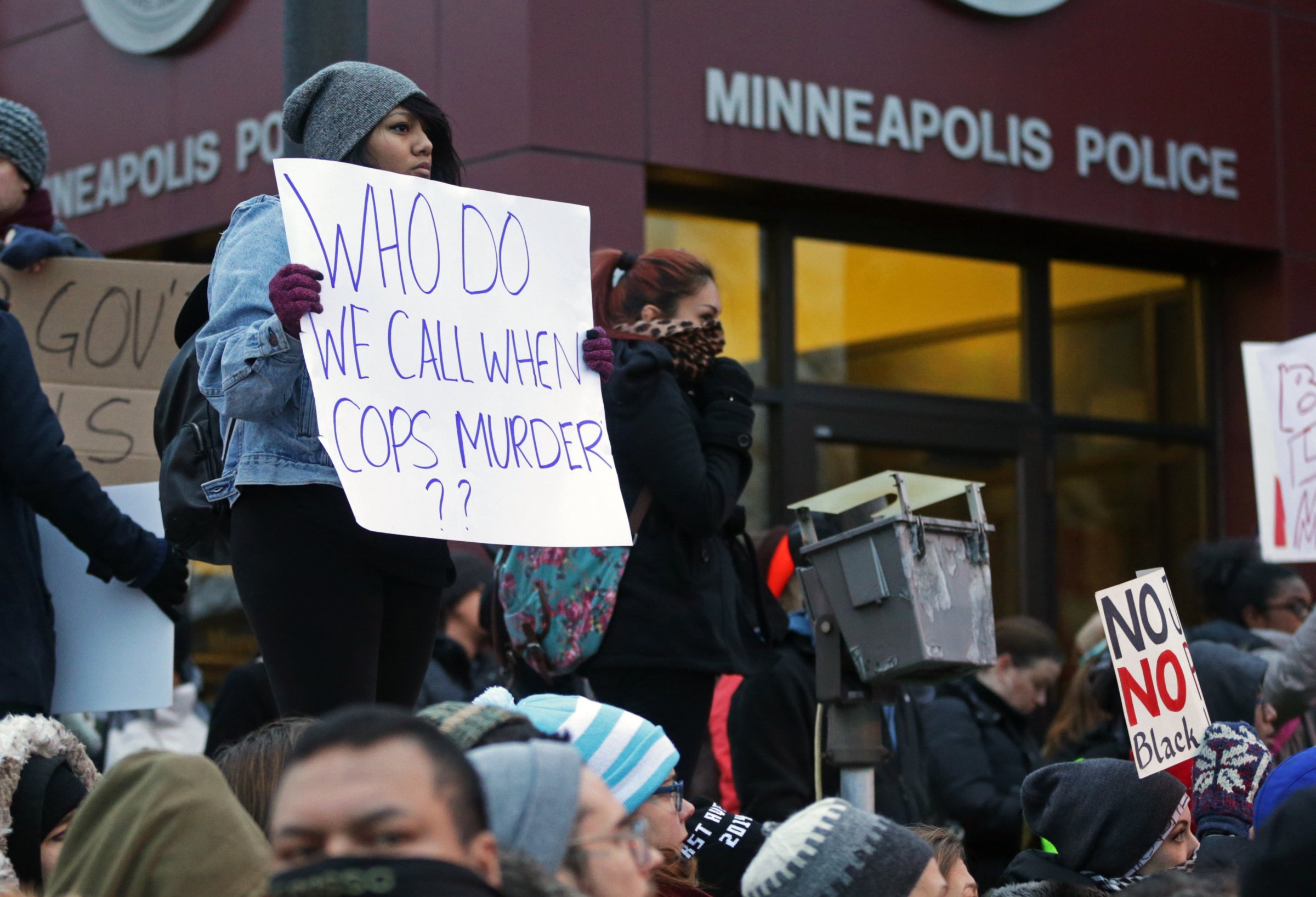
Black residents in Minneapolis are 8.7 times more likely than whites to get arrested for low-level offenses, according to a new ACLU report that looks at racial disparities made in arrests by Minneapolis police.
The study, which analyzes almost 100,000 arrests by the Minneapolis Police Department from January 2012 to September 2014, focuses on what is known in Minneapolis as “suspicious persons” stops but is in the vein of what’s often called “broken windows” or stop-and-frisk policing.
That strategy focuses on low-level offenses like trespassing and disorderly conduct as a way of preventing larger felonies, but is often criticized as ineffective and leads to patterns of racial profiling.
The Minneapolis-St. Paul area has often been held up as a model for other American cities: it’s affordable, it has all the cultural amenities of any major metropolis, and it’s remained a magnet for job-seeking millennials. According to the Bureau of Labor Statistics, Minneapolis-St. Paul’s unemployment rate is the fifth lowest in the country for a metro area with more than 1 million people.
But patterns of segregation divide the city between more affluent white areas and poorer black ones, and the ACLU report shows that the city suffers the same problems as any other major metropolitan area when it comes to racial disparities and distrust among minorities and police.
“This is part of a larger problem between police departments and communities of color,” says Emma Andersson, an ACLU staff attorney and lead author of the report.
The study also examines the treatment of Native Americans, who are arrested 8.6 times more than whites for low-level offenses — almost the same rates as black residents. Native Americans make up 2% of the city’s population, roughly double the average Native American population in the U.S. According to the ACLU, an average of one out of four Native Americans in Minneapolis are arrested for low-level offenses each year.
Those arrest disparities raise concerns that Minneapolis could face similar issues to those that occurred in the last few months in Baltimore, Cleveland and Ferguson, Mo., where deadly police confrontations and years of distrust led to protests and violence.
“I think communities of color in Minneapolis certainly feel oppressed and targeted in the same ways communities in Baltimore and other places where unrest has occurred,” Andersson says.
Go Behind TIME's Baltimore Protest Cover With Aspiring Photographer Devin Allen
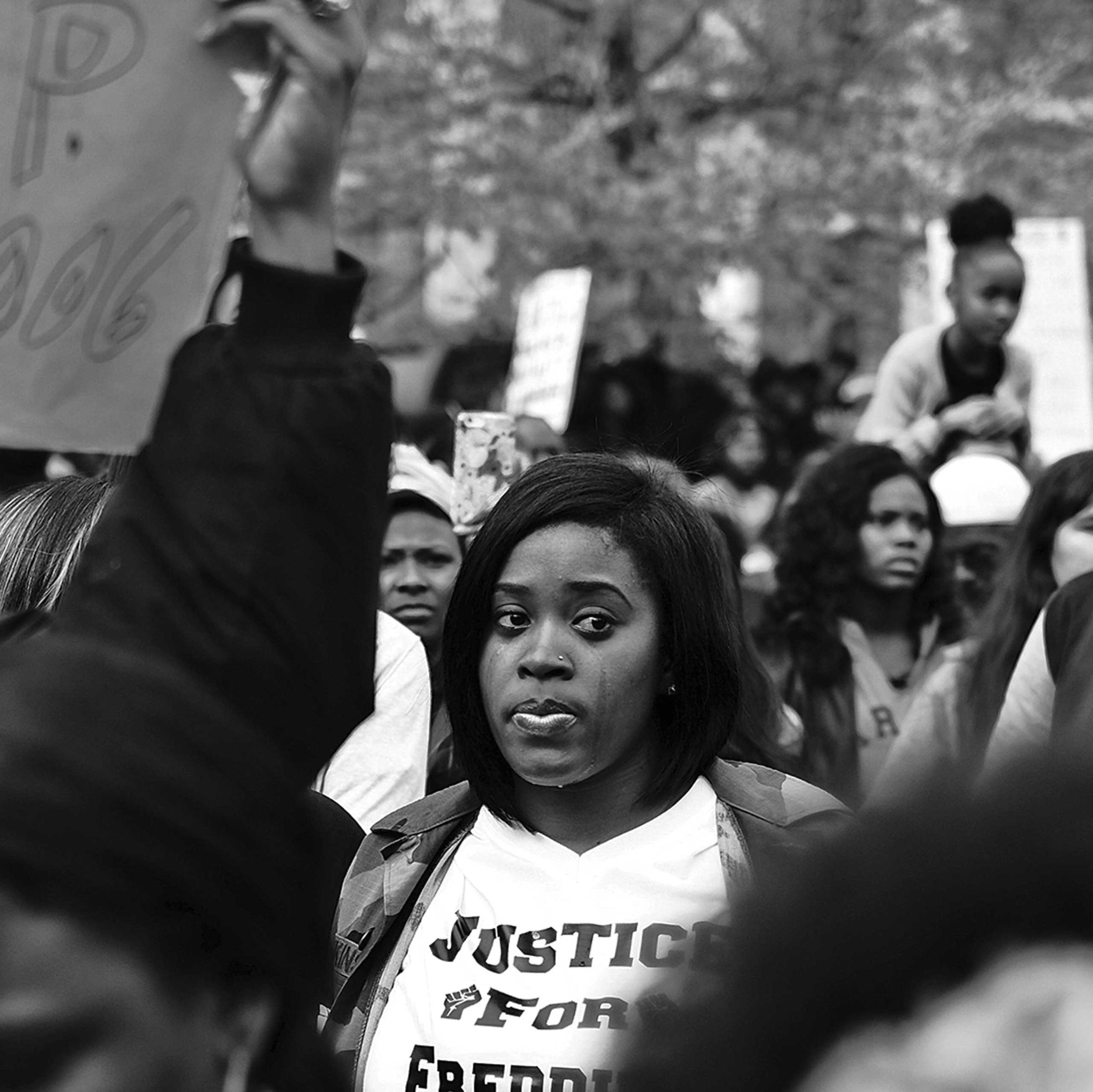

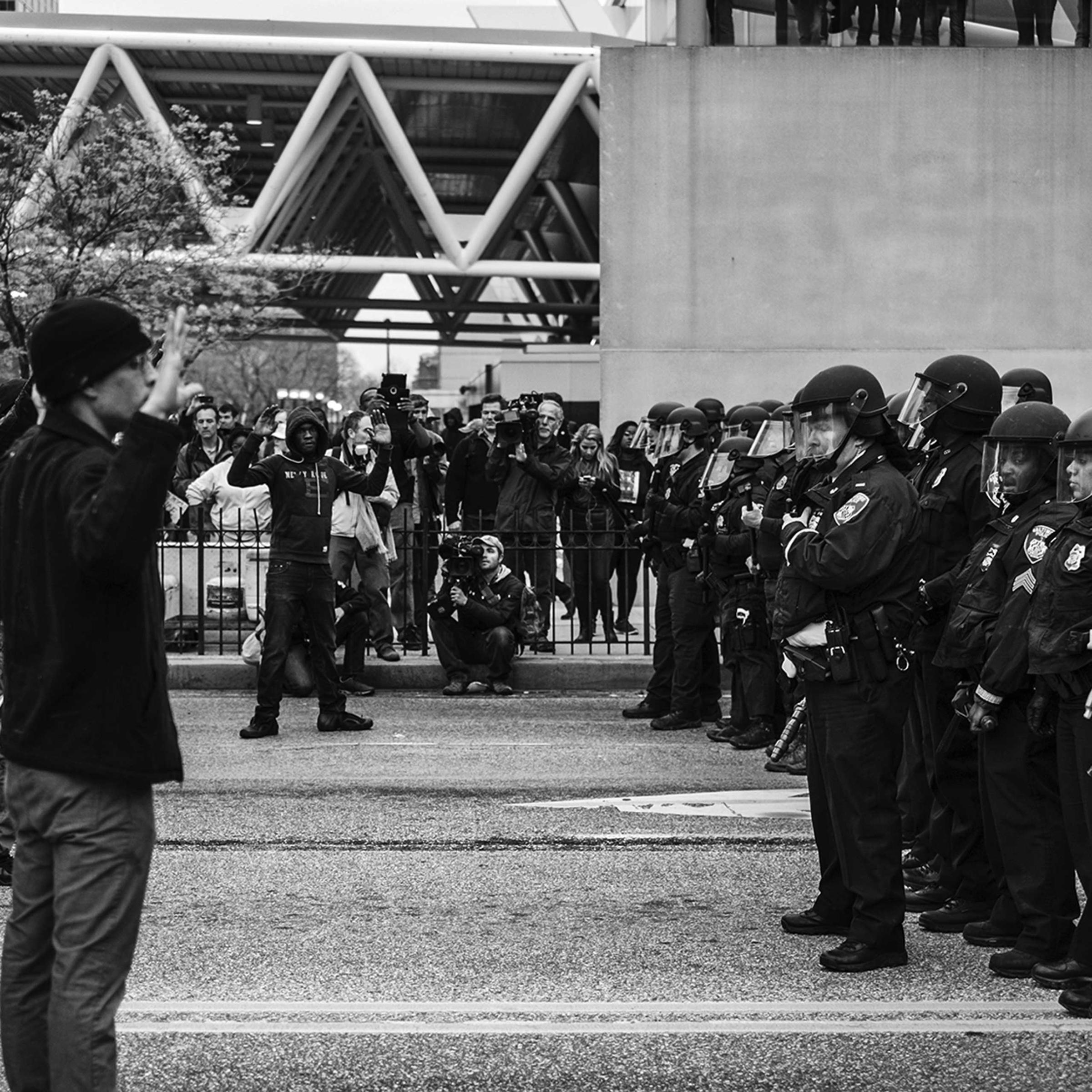

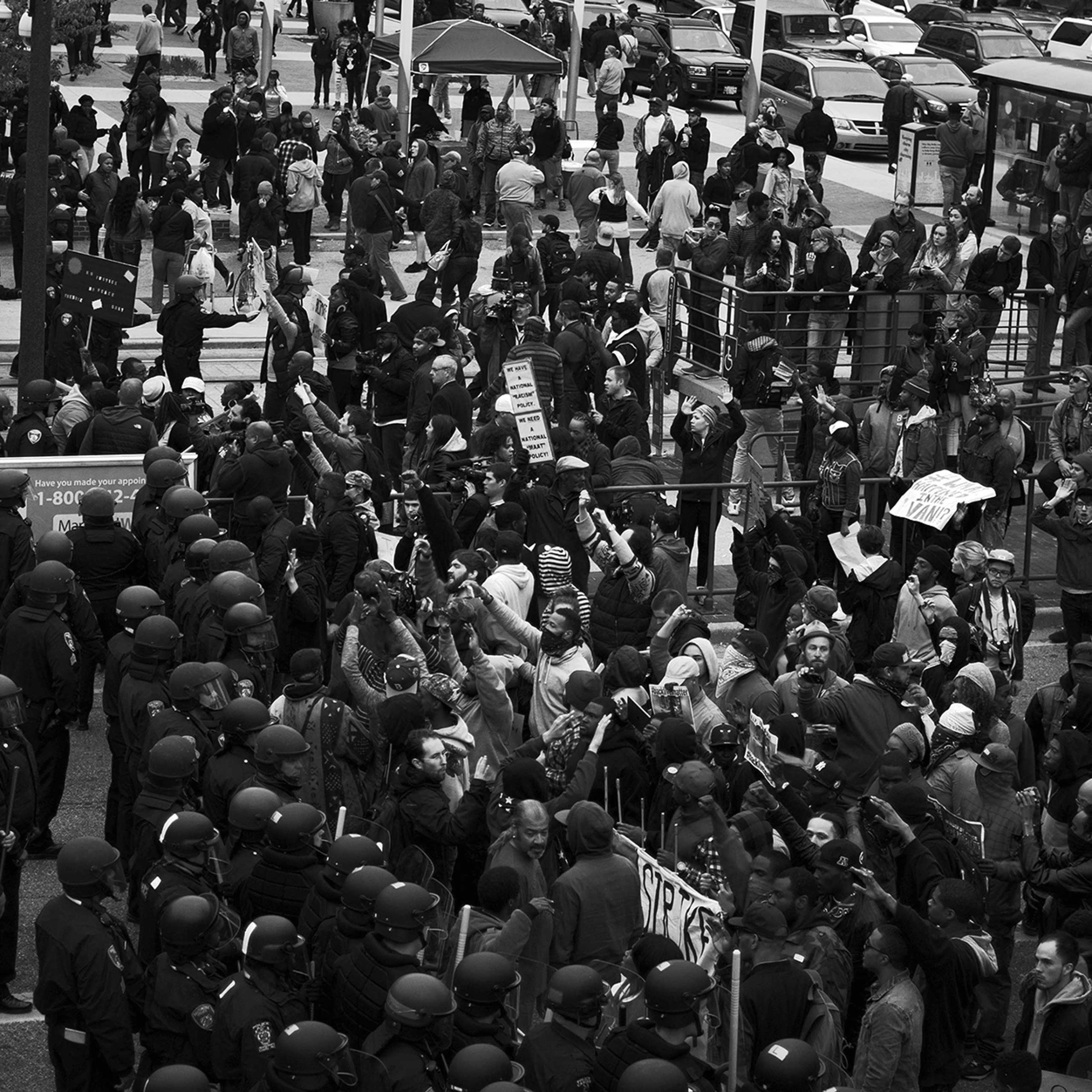


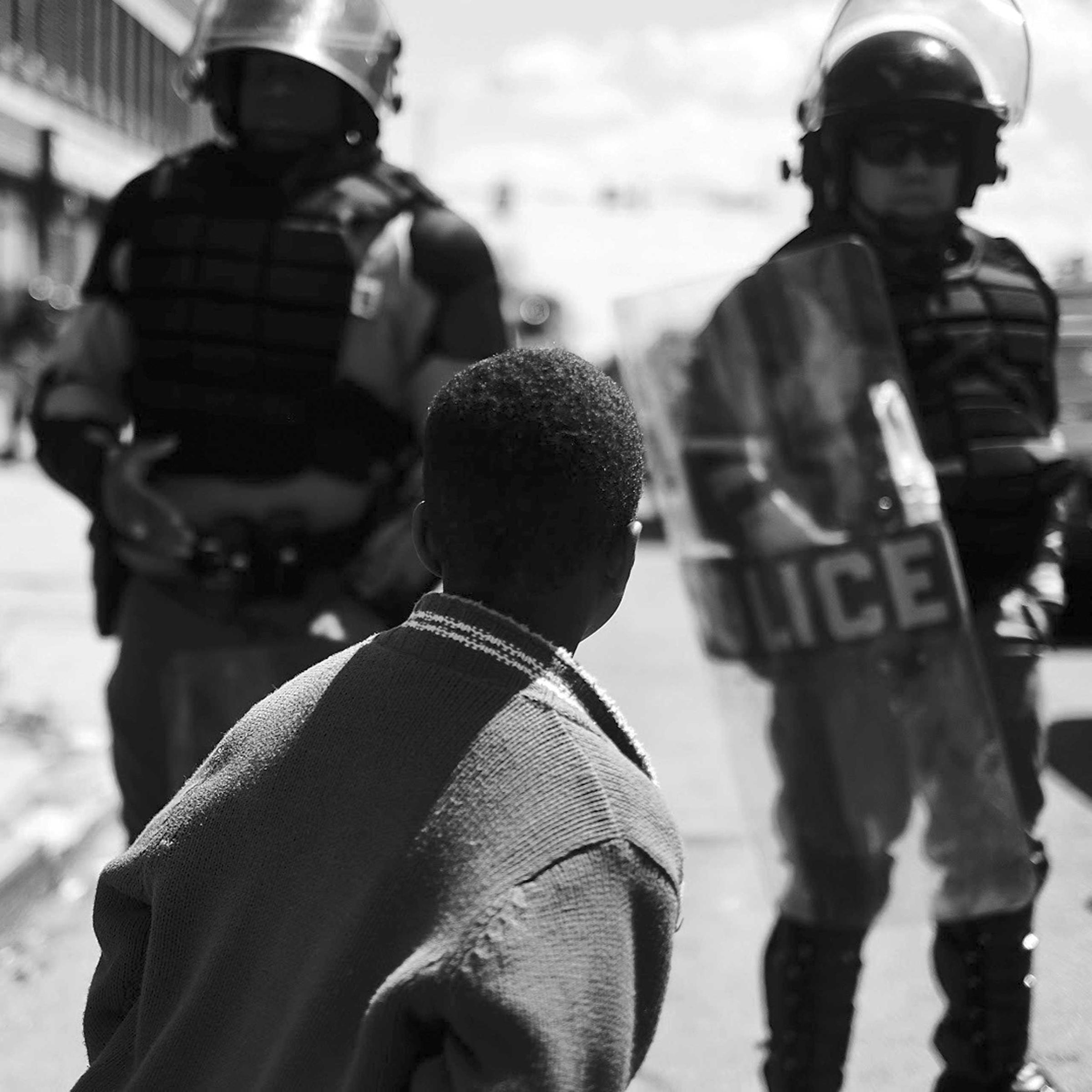
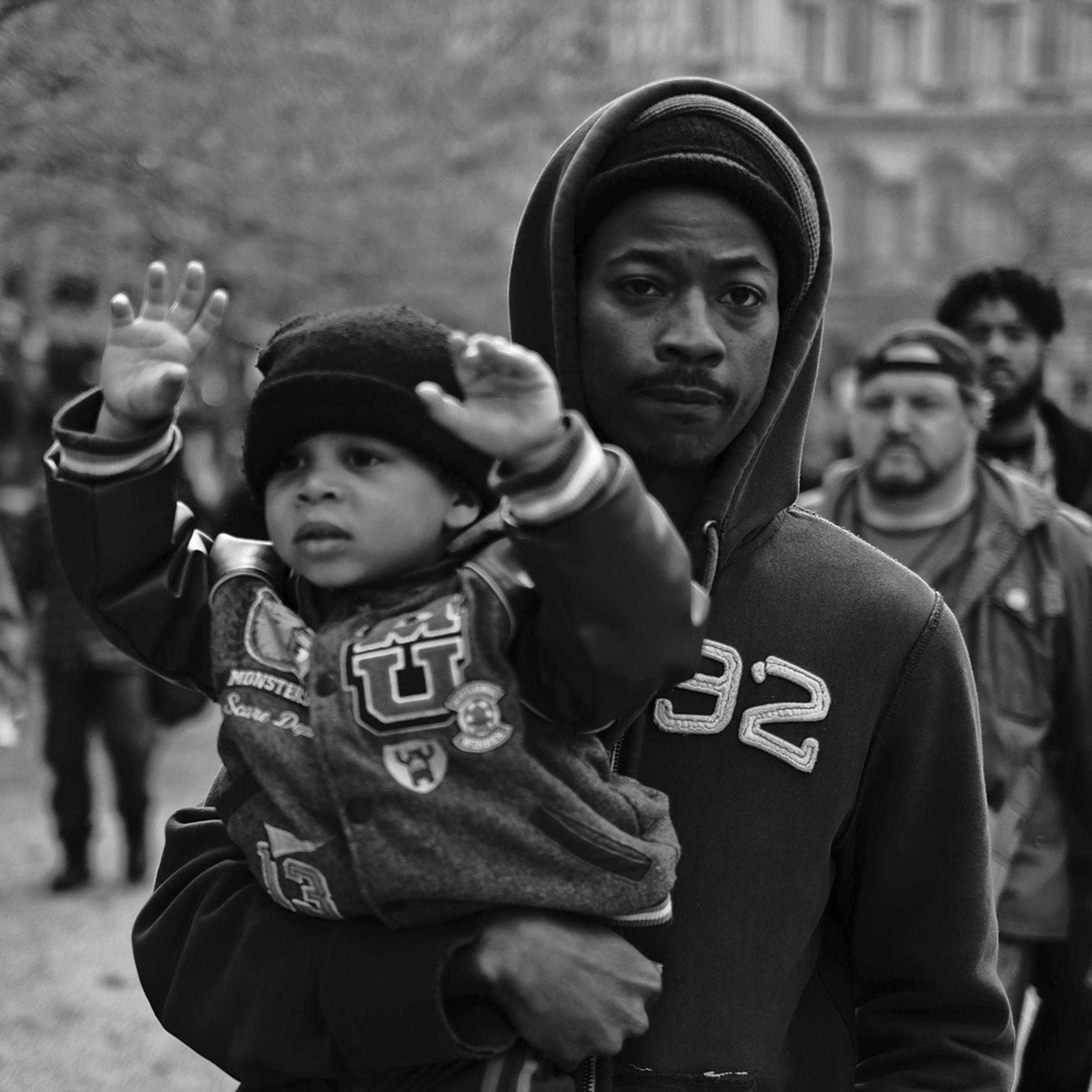


More Must-Reads from TIME
- Cybersecurity Experts Are Sounding the Alarm on DOGE
- Meet the 2025 Women of the Year
- The Harsh Truth About Disability Inclusion
- Why Do More Young Adults Have Cancer?
- Colman Domingo Leads With Radical Love
- How to Get Better at Doing Things Alone
- Michelle Zauner Stares Down the Darkness
Contact us at letters@time.com